Audrey Chung
DVQI: A Multi-task, Hardware-integrated Artificial Intelligence System for Automated Visual Inspection in Electronics Manufacturing
Dec 14, 2023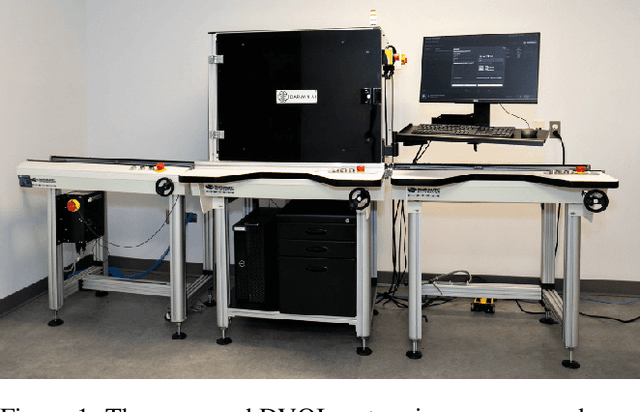

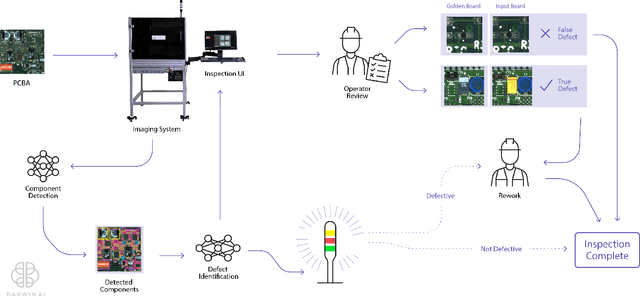
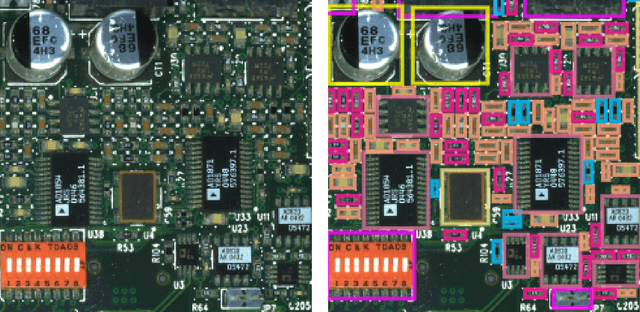
Abstract:As electronics manufacturers continue to face pressure to increase production efficiency amid difficulties with supply chains and labour shortages, many printed circuit board assembly (PCBA) manufacturers have begun to invest in automation and technological innovations to remain competitive. One such method is to leverage artificial intelligence (AI) to greatly augment existing manufacturing processes. In this paper, we present the DarwinAI Visual Quality Inspection (DVQI) system, a hardware-integration artificial intelligence system for the automated inspection of printed circuit board assembly defects in an electronics manufacturing environment. The DVQI system enables multi-task inspection via minimal programming and setup for manufacturing engineers while improving cycle time relative to manual inspection. We also present a case study of the deployed DVQI system's performance and impact for a top electronics manufacturer.
COVID-Net Clinical ICU: Enhanced Prediction of ICU Admission for COVID-19 Patients via Explainability and Trust Quantification
Sep 14, 2021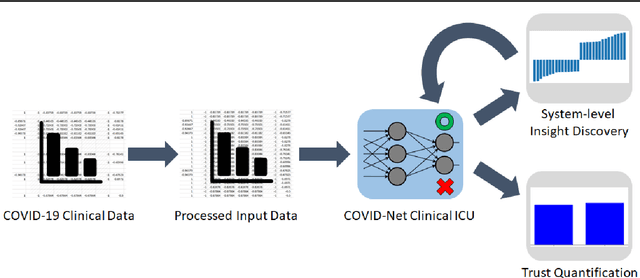
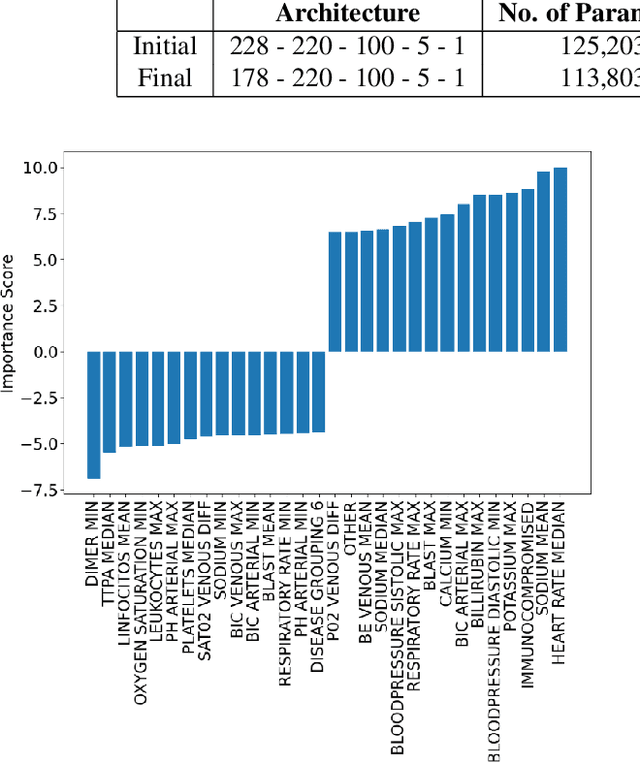
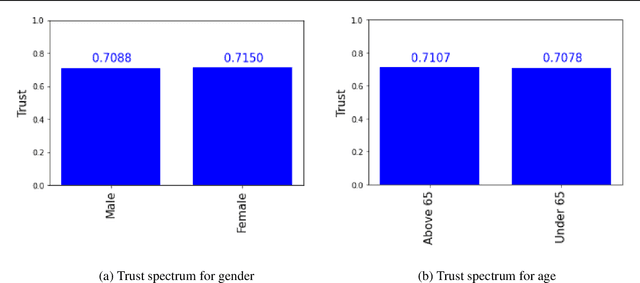
Abstract:The COVID-19 pandemic continues to have a devastating global impact, and has placed a tremendous burden on struggling healthcare systems around the world. Given the limited resources, accurate patient triaging and care planning is critical in the fight against COVID-19, and one crucial task within care planning is determining if a patient should be admitted to a hospital's intensive care unit (ICU). Motivated by the need for transparent and trustworthy ICU admission clinical decision support, we introduce COVID-Net Clinical ICU, a neural network for ICU admission prediction based on patient clinical data. Driven by a transparent, trust-centric methodology, the proposed COVID-Net Clinical ICU was built using a clinical dataset from Hospital Sirio-Libanes comprising of 1,925 COVID-19 patients, and is able to predict when a COVID-19 positive patient would require ICU admission with an accuracy of 96.9% to facilitate better care planning for hospitals amidst the on-going pandemic. We conducted system-level insight discovery using a quantitative explainability strategy to study the decision-making impact of different clinical features and gain actionable insights for enhancing predictive performance. We further leveraged a suite of trust quantification metrics to gain deeper insights into the trustworthiness of COVID-Net Clinical ICU. By digging deeper into when and why clinical predictive models makes certain decisions, we can uncover key factors in decision making for critical clinical decision support tasks such as ICU admission prediction and identify the situations under which clinical predictive models can be trusted for greater accountability.
Assessing Architectural Similarity in Populations of Deep Neural Networks
Apr 19, 2019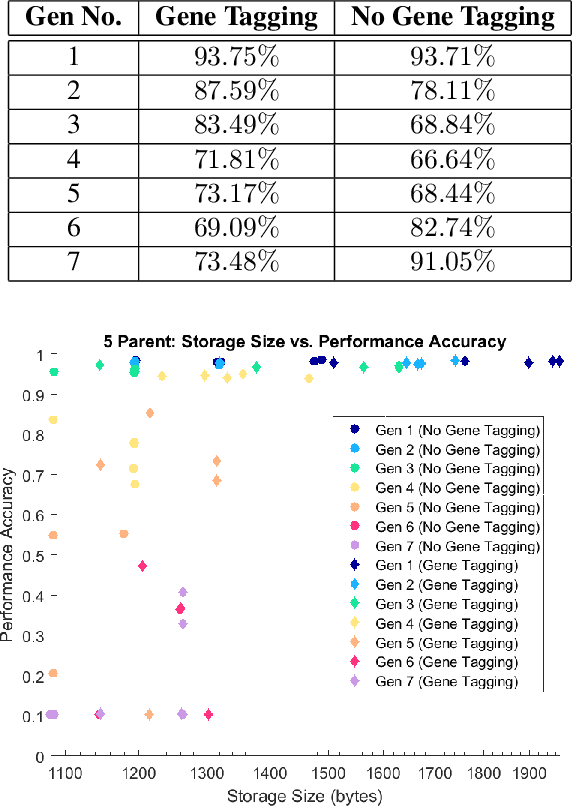
Abstract:Evolutionary deep intelligence has recently shown great promise for producing small, powerful deep neural network models via the synthesis of increasingly efficient architectures over successive generations. Despite recent research showing the efficacy of multi-parent evolutionary synthesis, little has been done to directly assess architectural similarity between networks during the synthesis process for improved parent network selection. In this work, we present a preliminary study into quantifying architectural similarity via the percentage overlap of architectural clusters. Results show that networks synthesized using architectural alignment (via gene tagging) maintain higher architectural similarities within each generation, potentially restricting the search space of highly efficient network architectures.
Mitigating Architectural Mismatch During the Evolutionary Synthesis of Deep Neural Networks
Nov 19, 2018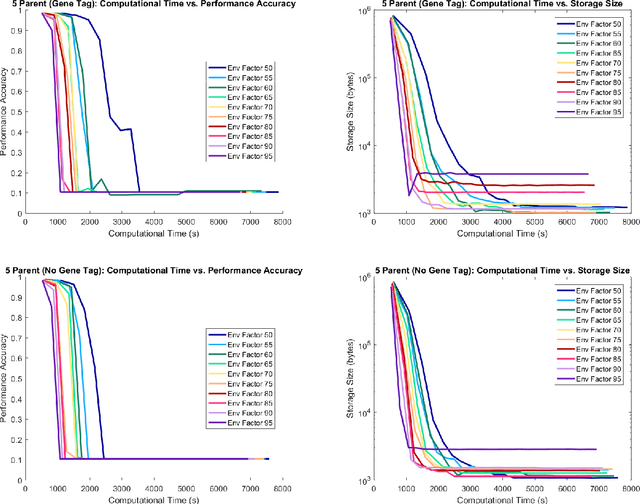
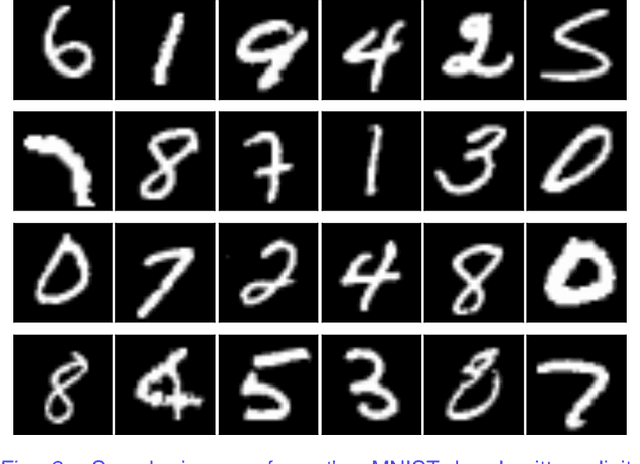
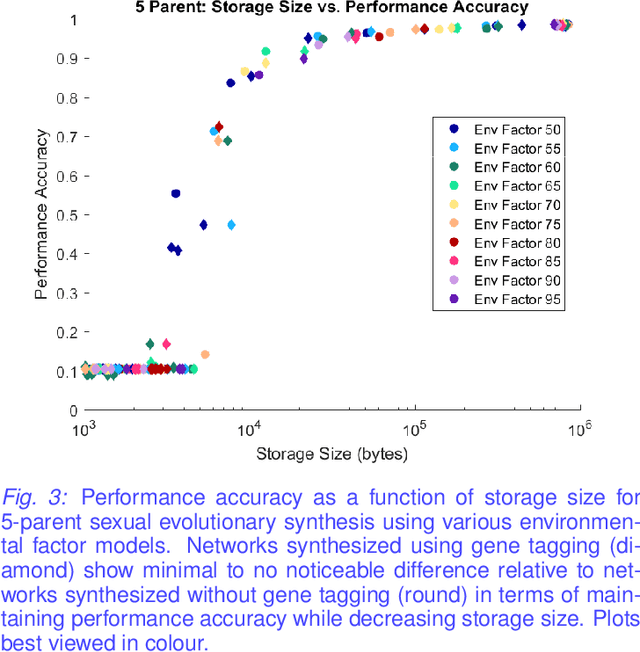
Abstract:Evolutionary deep intelligence has recently shown great promise for producing small, powerful deep neural network models via the organic synthesis of increasingly efficient architectures over successive generations. Existing evolutionary synthesis processes, however, have allowed the mating of parent networks independent of architectural alignment, resulting in a mismatch of network structures. We present a preliminary study into the effects of architectural alignment during evolutionary synthesis using a gene tagging system. Surprisingly, the network architectures synthesized using the gene tagging approach resulted in slower decreases in performance accuracy and storage size; however, the resultant networks were comparable in size and performance accuracy to the non-gene tagging networks. Furthermore, we speculate that there is a noticeable decrease in network variability for networks synthesized with gene tagging, indicating that enforcing a like-with-like mating policy potentially restricts the exploration of the search space of possible network architectures.
The Mating Rituals of Deep Neural Networks: Learning Compact Feature Representations through Sexual Evolutionary Synthesis
Sep 07, 2017
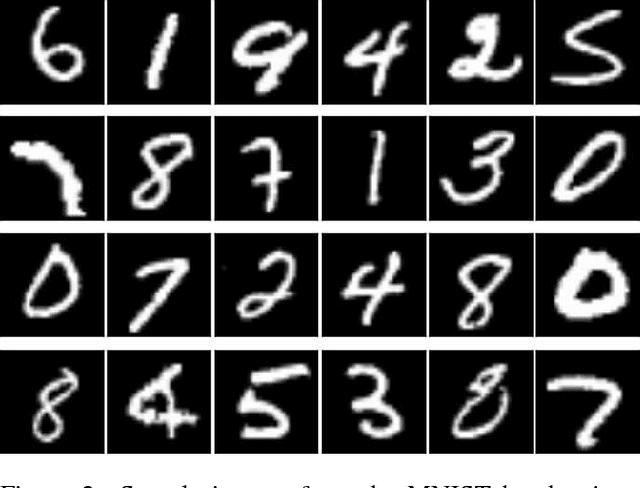

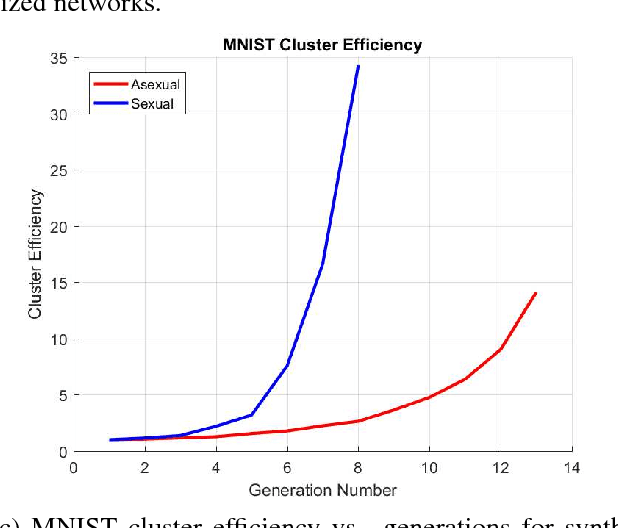
Abstract:Evolutionary deep intelligence was recently proposed as a method for achieving highly efficient deep neural network architectures over successive generations. Drawing inspiration from nature, we propose the incorporation of sexual evolutionary synthesis. Rather than the current asexual synthesis of networks, we aim to produce more compact feature representations by synthesizing more diverse and generalizable offspring networks in subsequent generations via the combination of two parent networks. Experimental results were obtained using the MNIST and CIFAR-10 datasets, and showed improved architectural efficiency and comparable testing accuracy relative to the baseline asexual evolutionary neural networks. In particular, the network synthesized via sexual evolutionary synthesis for MNIST had approximately double the architectural efficiency (cluster efficiency of 34.29X and synaptic efficiency of 258.37X) in comparison to the network synthesized via asexual evolutionary synthesis, with both networks achieving a testing accuracy of ~97%.
 Add to Chrome
Add to Chrome Add to Firefox
Add to Firefox Add to Edge
Add to Edge